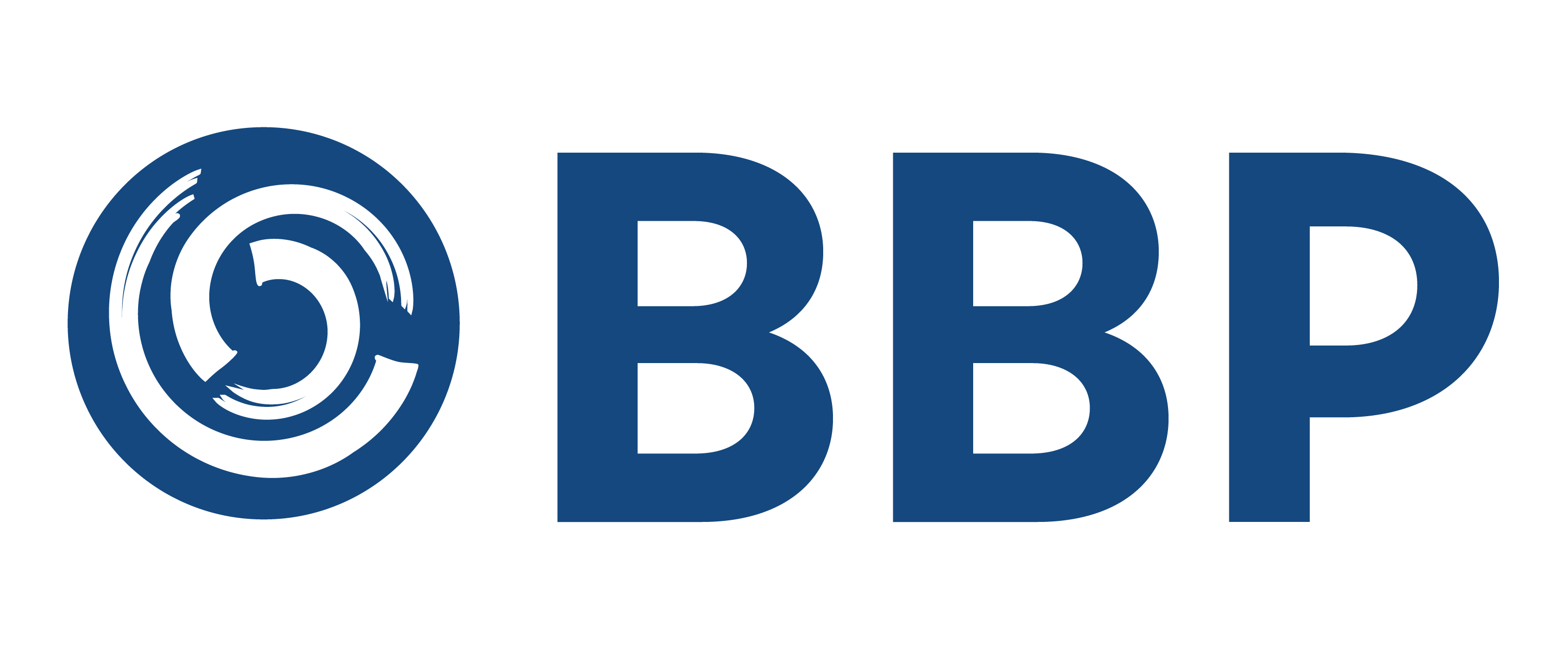
Wise About Well Management
An upstream process plant collects production data from many different wells, sometimes hundreds. A general concern among oil and gas field operators is reducing their oilfield factors. This is the percentage between the production of the surface facility and the actual reporting from wells. It is not only because oil and gas are limited resources, but they are also crucial for financial and technical reasons. Wells do not always behave as operators expect. It is important to close the systematic gap between actual and planned production. Yet, no technology is available that completely solves this problem which causes companies to lose money.
Once a day, operators usually close the balance and compute the production of each oilfield facility. In the process, they estimate the flow that each well, reporting to that facility, has contributed. The proportion between the production of the surface facility and the wells reporting to it is the ‘oilfield factor.’ In oilfields with low levels of instrumentation, well measurement methods, and control mechanisms, the factor may vary between 0.75 and 0.9. Most of the variations are due to ‘non-localized losses,’ where operators have yet to locate the reason for the loss.
A combination of Yokogawa hardware and KBC software was tested at a major Argentine upstream facility to provide an approach for operators to frequently and precisely measure wells reducing non-localized losses. This solution identifies the wells that are bad or good actors in a timely manner so operators can act accordingly. The result is that they are able to meet production goals and save money.
 The proper operation of an upstream oilfield for accounting and planning purposes includes a systematic activity called ‘well testing.’ A well test is simply a period during which the production of a well is measured at the well head with portable well testing equipment or in a separation facility. Nowadays, well-test measurement mechanisms are complex, expensive, and sometimes inaccurate. This procedure is executed with tanks or separators (two-phase or three-phase, depending on the wells’ characteristics).
The proper operation of an upstream oilfield for accounting and planning purposes includes a systematic activity called ‘well testing.’ A well test is simply a period during which the production of a well is measured at the well head with portable well testing equipment or in a separation facility. Nowadays, well-test measurement mechanisms are complex, expensive, and sometimes inaccurate. This procedure is executed with tanks or separators (two-phase or three-phase, depending on the wells’ characteristics).
Well-testing is associated with two key challenges:
- High CAPEX: the number of wells far exceeds the available testing facilities.
- High OPEX: a well test is expensive and time-consuming so assessing a well may only occur once every several weeks or months.
Therefore, well testing needs to follow a set schedule but results in the following issues:
- Daily production estimates are based on flawed information.
- Testing schedules are determined with imperfect information.
- Downtime estimates are unreliable.
- “Non-localized” losses can go undetected.
In 2019, Yokogawa and a major Argentine upstream operator agreed to conduct a pilot project using existing hardware and software technology to allow, through a real-time solution, improvement in procedures associated with production allocation, downtimes estimation, well testing assistance, and non-localized losses estimation.
To complete the proof of concept (POC), the operator made available a battery with 10 wells located at a major oilfield in a western province of Argentina as shown in Figure 1. The solution was developed using two technologies; firstly, KBC’s Visual MESA®-Production Accounting (VM-PA), and secondly Yokogawa’s ROTAMASS TI – a Coriolis type meter (Figure 2) which excels in measuring multiphase flows very accurately even with large quantities of gas present.
 The solution aimed to achieve the following objectives:
The solution aimed to achieve the following objectives:
- Make production data available to corporate accounting systems in near real-time.
- Allow operators to quickly identify inefficient ‘bad actor’ wells, detect differences, and respond accordingly.
- Improve the well testing process in terms of frequency and scheduling to reduce CAPEX and OPEX.
- Calculate downtimes more accurately.
During the following years, information was collected to build the solution while the operator installed three ROTAMASS meters in certain lines. These lines were chosen based on their position to achieve the expected results of the pilot, as shown in Figure 3.
The Solution
The solution ran autonomously and allowed manual interaction. Data was collected and stored in the local historian. Then, the algorithm evaluated the data in near real-time and generated results such as oilfield factor, downtimes per well, adjusted production per well, deviations, and bad actor wells.
Results appeared through dashboards, data tables, and reports in the system’s web interfaces as depicted in Figure 4.
The solution produced the following main outputs: daily production closure (Figure 4), an ordered list of wells to be measured at high frequency through the ROTAMASS meter on the test line, and an ordered list of wells for conventional testing (Figure 5).
As a result, the solution achieved higher quality and more timely data available for more efficient accounting and planning. Using these ordered lists as a guide, the operator can now guarantee the quality of the data through a prioritized well test schedule.
The following factors have been agreed upon as the solution’s key success indicators (KSI).
 Identifying bad actor wells that affect the plant
Identifying bad actor wells that affect the plant
On a near real-time basis, the system generates two lists of bad actor wells, which should be sent for high frequency testing through ROTAMASS control, and conventional control through a three-phase separator. In normal operation, the system sends wells to ROTAMASS for high frequency testing according to this ordered list. When the system detects an abnormal state, the second list should be considered to help prioritize the schedule and reduce the frequency of conventional controls. As the system successfully maintains an ordered list of suspicious wells, the KSI is achieved.
Reducing production deviation below 10%
By using the solution alone, a more accurate calculation of the oilfield factor was possible. It is possible to further reduce this deviation by frequently controlling the wells using ROTAMASS as per the solution’s recommended ordered list and feeding the data back into the system.

Measuring liquids despite the significant presence of gas
The ROTAMASS meters operate normally, even though 40% of the volume is gas. The solution is prepared for estimating downtimes in at least three different ways depending on the available information and the oilfield’s automation level. The selected oilfield ran the three methods
simultaneously for comparison.
Conclusions
The implemented solution allows for near real-time calculation of well downtimes in at least three ways, depending on data availability and technical conditions of different batteries. Despite the presence of gas, the implemented solution can calculate production values and allocate the production of individual wells. Detecting bad actors quickly and remediating them reduces their losses and impact.

Since various downtime estimation methods successfully underwent testing, this same system can connect to other, less automated collectors. CAPEX costs can decrease as the demand for two-phase and three-phase separators decreases, allowing each to serve more wells, while operating the conventional control less often reduces OPEX. More accurate daily accounting for planning and finance improves decisions about well operations and reduces losses due to missing production. A preliminary study is useful for other less automated batteries with no operating status information, as the average logarithmic temperature difference has demonstrated satisfactory accuracy as an empirical factor for the application of the downtime algorithm.






